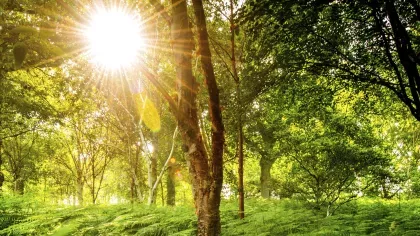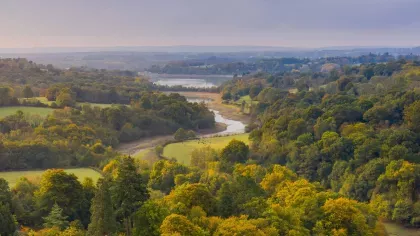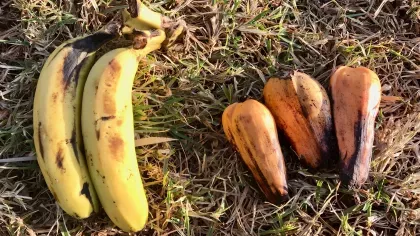8 February 2022
Important plants for the world in the heart of South America
Scientists at Kew and their partners have been helping to identify habitats and plants that need protecting in Bolivia through the Tropical Important Plants Areas project.

The Chiquitania is a huge region in the Santa Cruz state, in eastern Bolivia, that extends across the border into Brazil.
Named after the indigenous inhabitants that live there, the Chiquitanos, the area is a mosaic of three main incredible, and unique, habitats that support a wealth of animal and plant species.
The Pantanal is the world’s largest tropical wetland where iconic plants, such as giant water lilies, thrive in the flooded landscape.
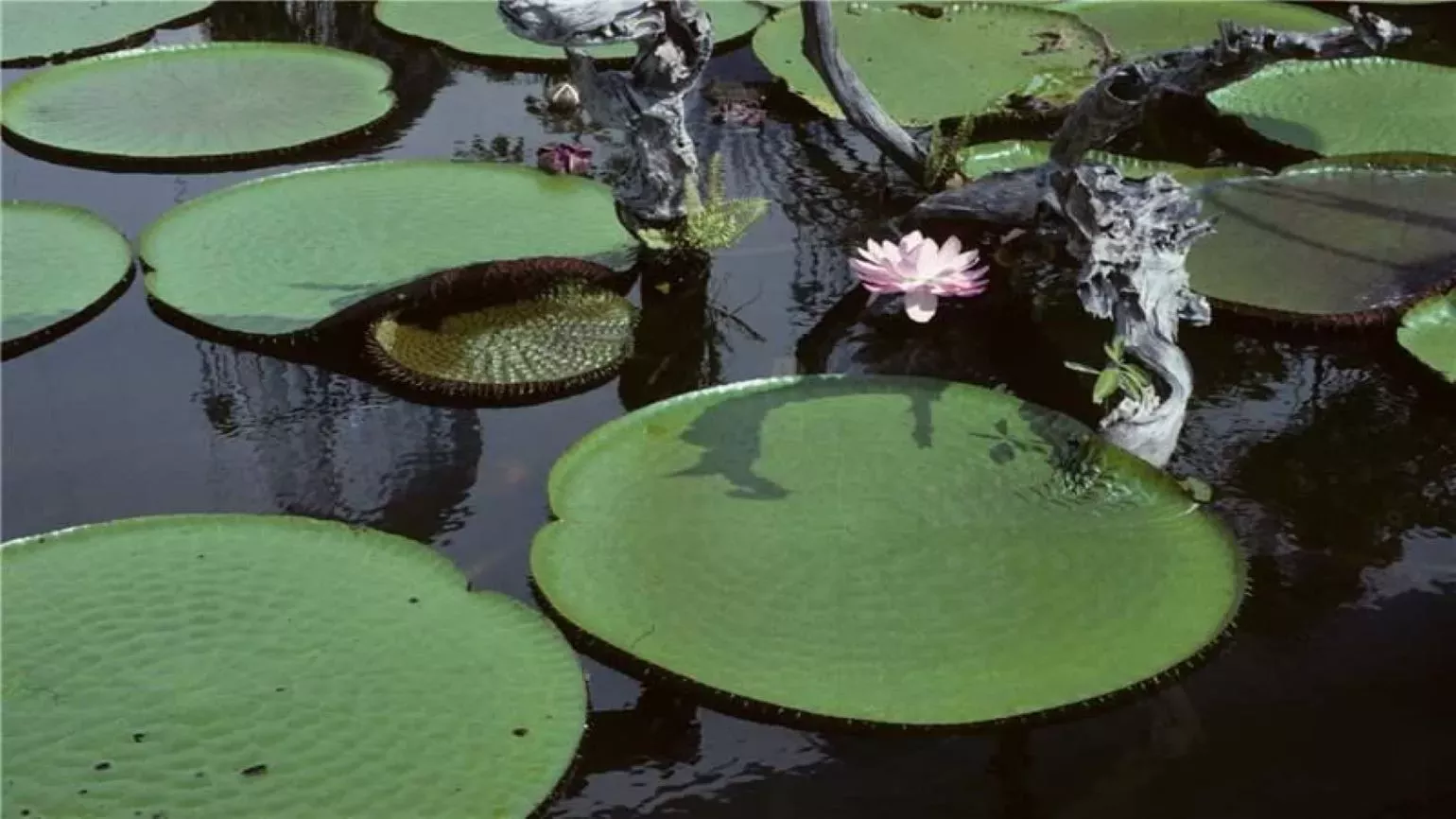
The Cerrado is a Savanna comprised of shrubs, grasses, spiny and fleshy plants and fire-resistant trees.
And, finally, the Chiquitania dry forest is the world’s largest intact tropical dry forest and a transition zone between the tropical Amazon and dry Chaco forests.
The forest provides many ecosystem services and rural communities depend on it for their livelihoods.
The Chiquitania is also highly vulnerable to drought and fast-spreading fires which have been worsened by climate change and deforestation.
Whilst fires are part of the ecosystem, triggered by lightning storms, and plants are adapted to fire, in 2019 huge human-made uncontrollable fires swept through the forest, potentially devastating the ecosystem.
Meanwhile, in Brazil, most of the Chiquitania dry forest has been cleared for agricultural purposes; and in Bolivia deforestation has similarly increased dramatically over the past two decades to make way for large-scale agriculture.
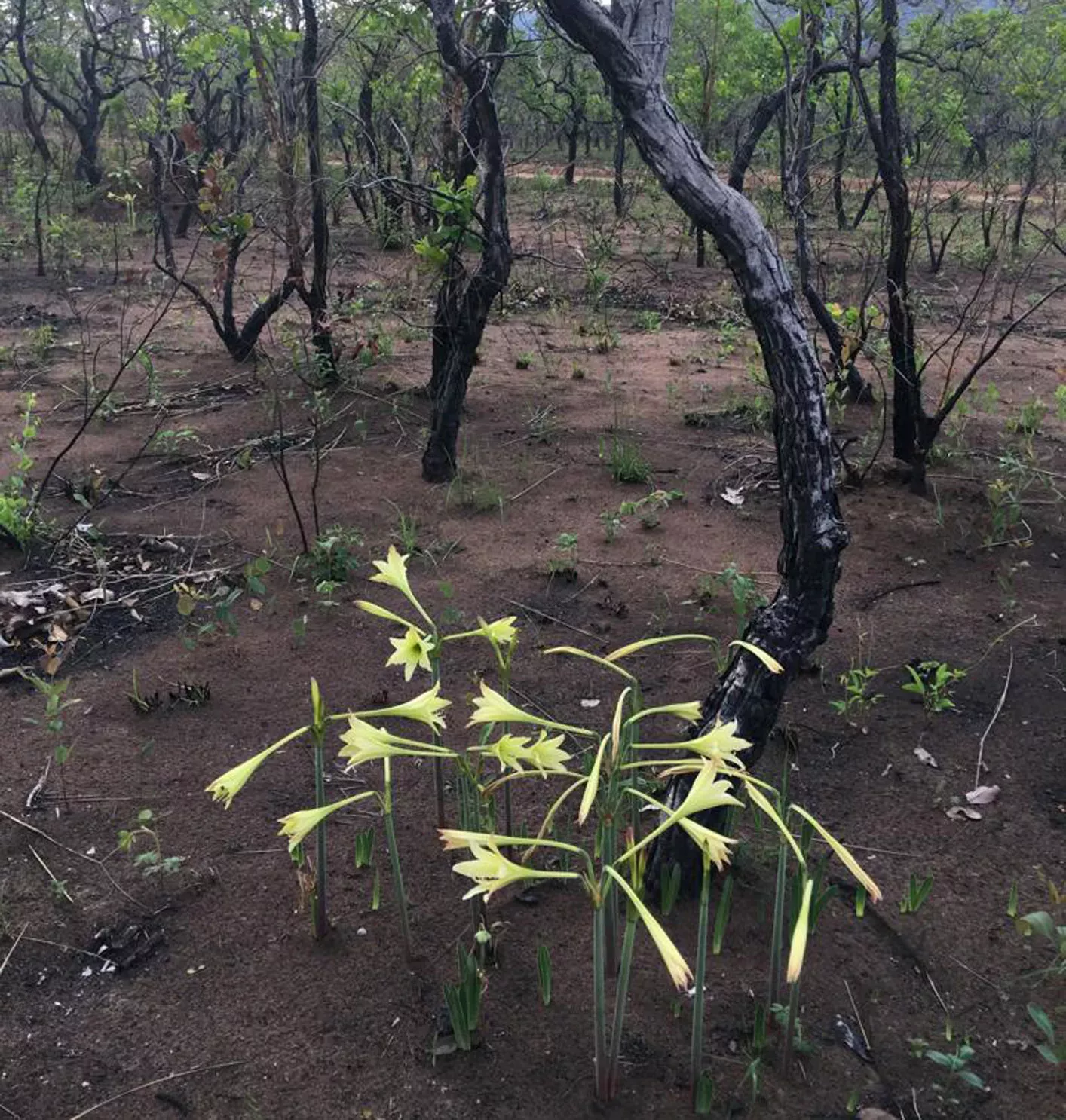
Protecting plants in Bolivia
Kew’s plant documentation and conservation work in Bolivia began in 2000.
In 2016, with our Bolivian partners at the Museo História Natural Noel Kempff Mercado and Fundación Amigos de la Naturaleza, we started the Tropical Important Plant Areas (TIPAs) project, identifying globally important sites for plants and habitats that are unique to the Chiquitania, and are threatened, or rare, and need protection.
We focus on this ecoregion because previous projects studying plant diversity had documented many species new to science and species that are both endemic (restricted) to the Chiquitania region and highly threatened.
To-date, we have recorded 3,500 plants, of which 244 are globally endemic in the Chiquitania.
In addition, the region is not just under threat from drought and fires, but also soybean and cattle farming, so it was essential we did a full assessment of the area before vital habitats are lost.
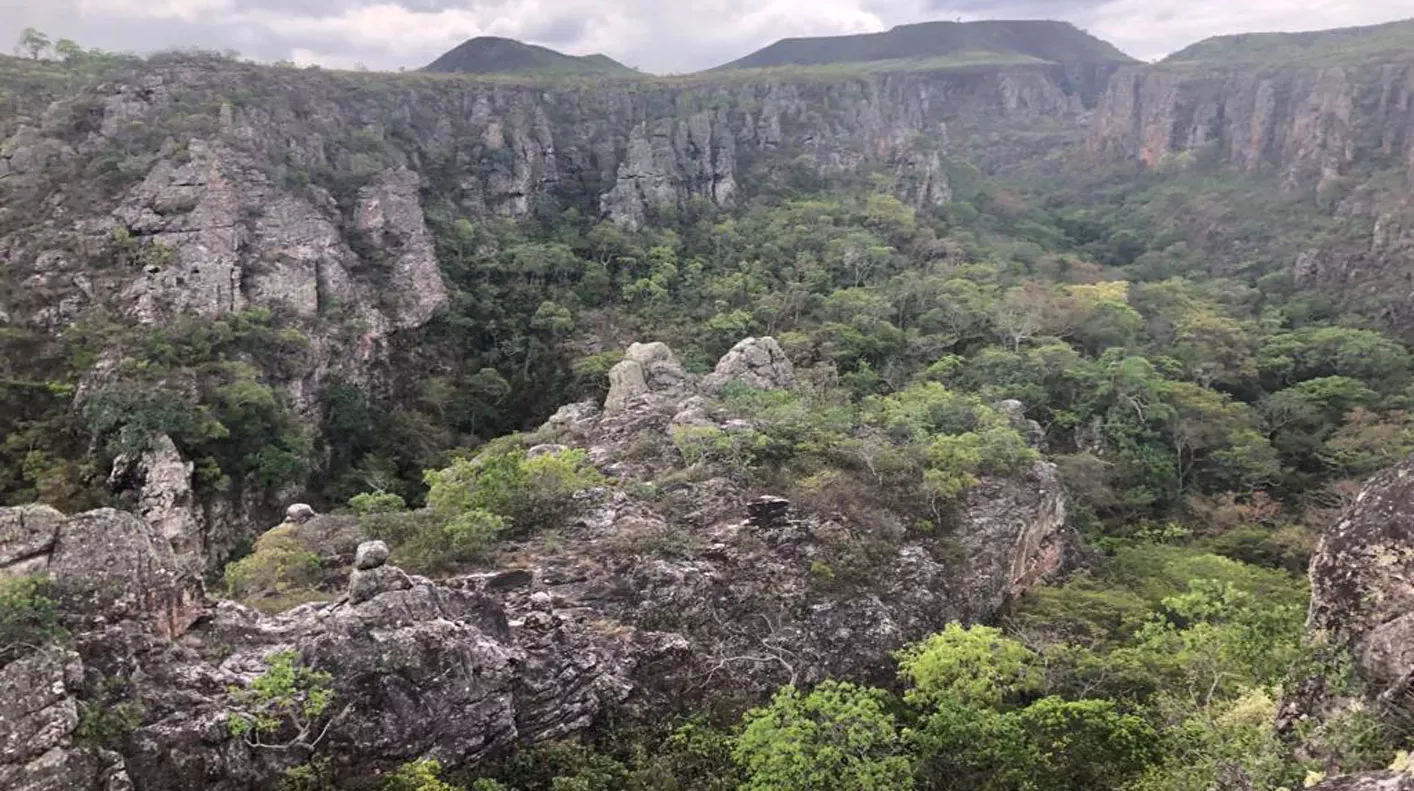
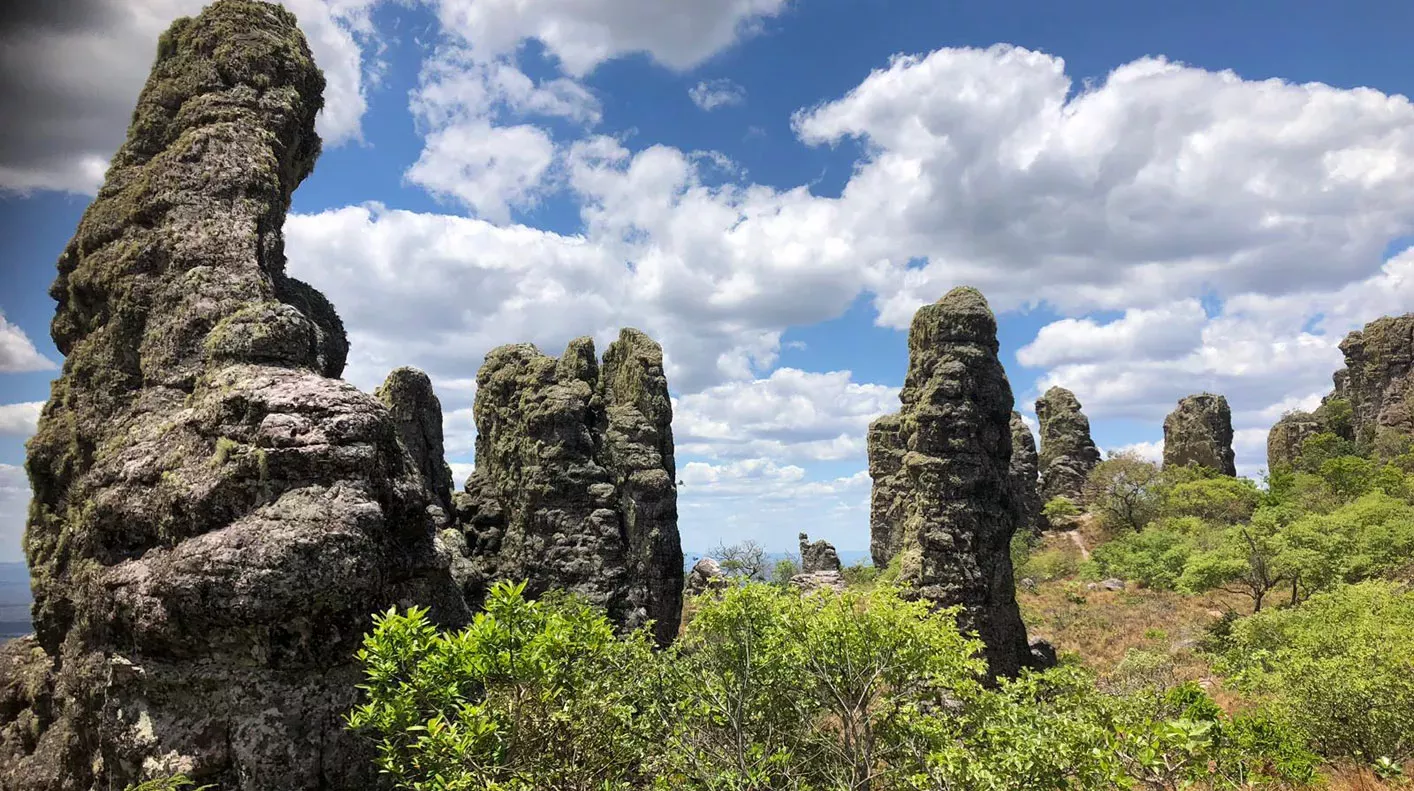
What is a TIPA?
Kew’s Tropical Important Plant Areas (TIPAs) programme is identifying the most important sites for wild plant diversity in tropical countries.
The programme is based on the Important Plant Areas guidelines and criteria established by Plantlife International.
To qualify as a TIPA, a site must meet at least one of the following criteria:
- The presence of globally important populations of globally threatened species.
- An exceptional diversity of native plant species, particularly those of conservation, cultural or socioeconomic importance.
- The presence of intact areas of globally threatened or extremely restricted habitats.
Since we began, we’ve identified 18 TIPA sites across the Bolivian Chiquitania, which are visible via Kew’s online TIPAs Explorer.
The Departmental Autonomous Government of Santa Cruz have incorporated our research and TIPAs sites into their Master Plan for Protected Areas and, as a result, the borders of three protected areas have been revised.
All three are part of the Pantanal ecosystem.
Long-term it is important to note that the government of Santa Cruz has adopted TIPAs in-line with Important Bird Areas (IBAs) and Ramsar (wetlands of international importance) sites.
Unique and threatened plants
As well as identifying key sites for plant diversity, we have been assessing the extinction risk of the 250 species, 200 of those only grow in the Chiquitania.
We have submitted 250 assessments to the International Union for Conservation of Nature (IUCN) Red List of Threatened Species. Of these, 38% are Threatened.
This includes the new-to-science species Astronium woodii, a tree named in honour of Kew Honorary Reearch Associate John Wood who has contributed significantly to our knowledge of Bolivian flora over the past three decades.


Building botanical capacity
In conjunction with this work, over the years we have trained 15 Bolivian lecturers and conservation practitioners to become IUCN (International Union for Conservation of Nature) Red Listing Assessors.
This means they are now equipped with the skills to teach others how to assess the extinction risk of Bolivian vast array of plants; and for the past three years we have offered a module for Bolivia's undergraduate students in IUCN and TIPAs assessment, training 50 students.
Sustainable forest management
Our work has not solely been about identifying Tropical Important Plant Areas (TIPAs), and plants that need protecting, but we are also working with six indigenous communities improving the livelihoods of the Bolivian Chiquitano people.
Working with these communities, we’re supporting them to sustainably harvest three species.
These include Dipteryx alata, known as the Chiquitania almond which can be eaten as a nutritious snack; Copaifera langsdorffii (known as Copaibo), which produces an oil that is tapped from the tree and used as a medicine; and Pterodon emarginatus (Pesoé), the seed oil of this species has a variety of medicinal uses such as an anti-inflammatory.
By working with the whole supply chain and connecting the producers with buyers, we are increasing the income generation of these six communities.
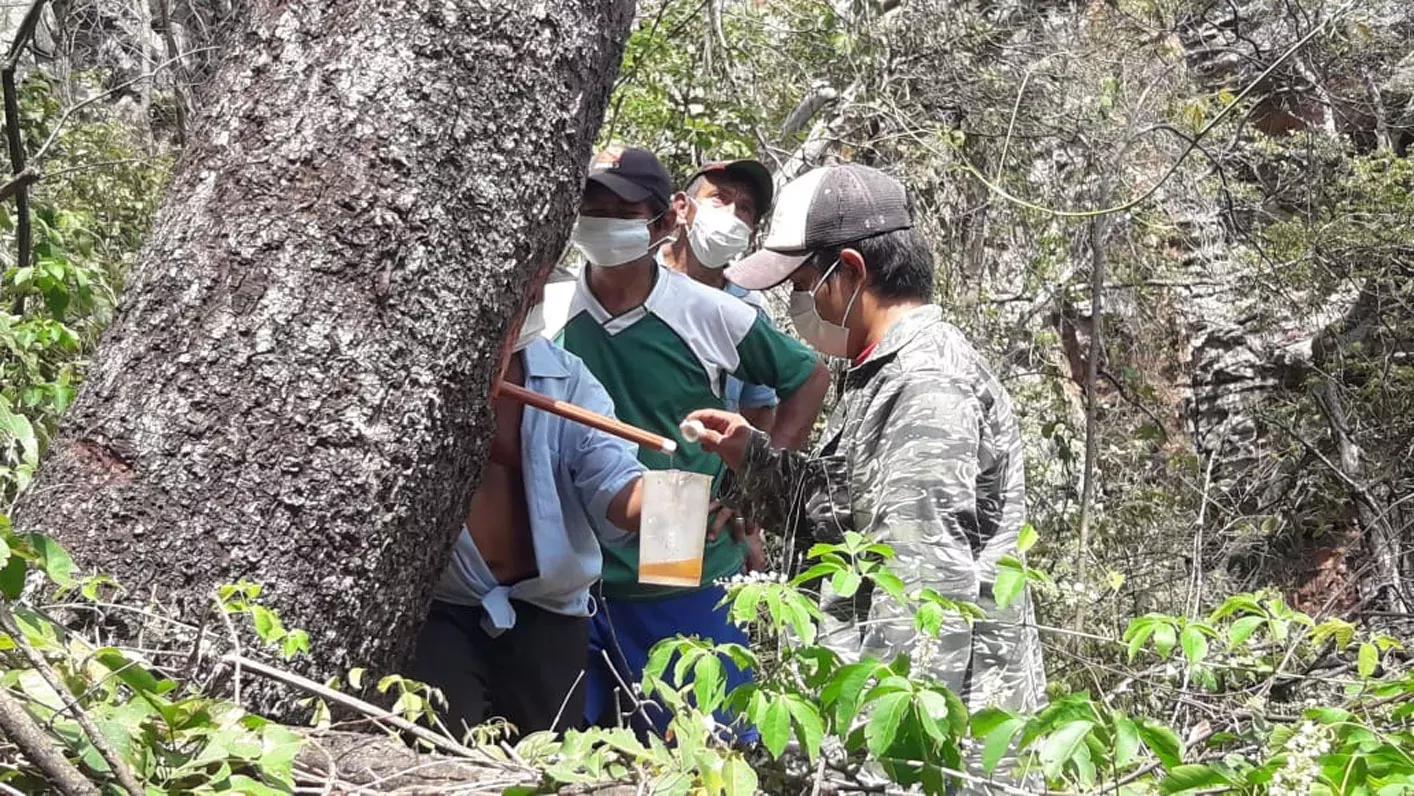
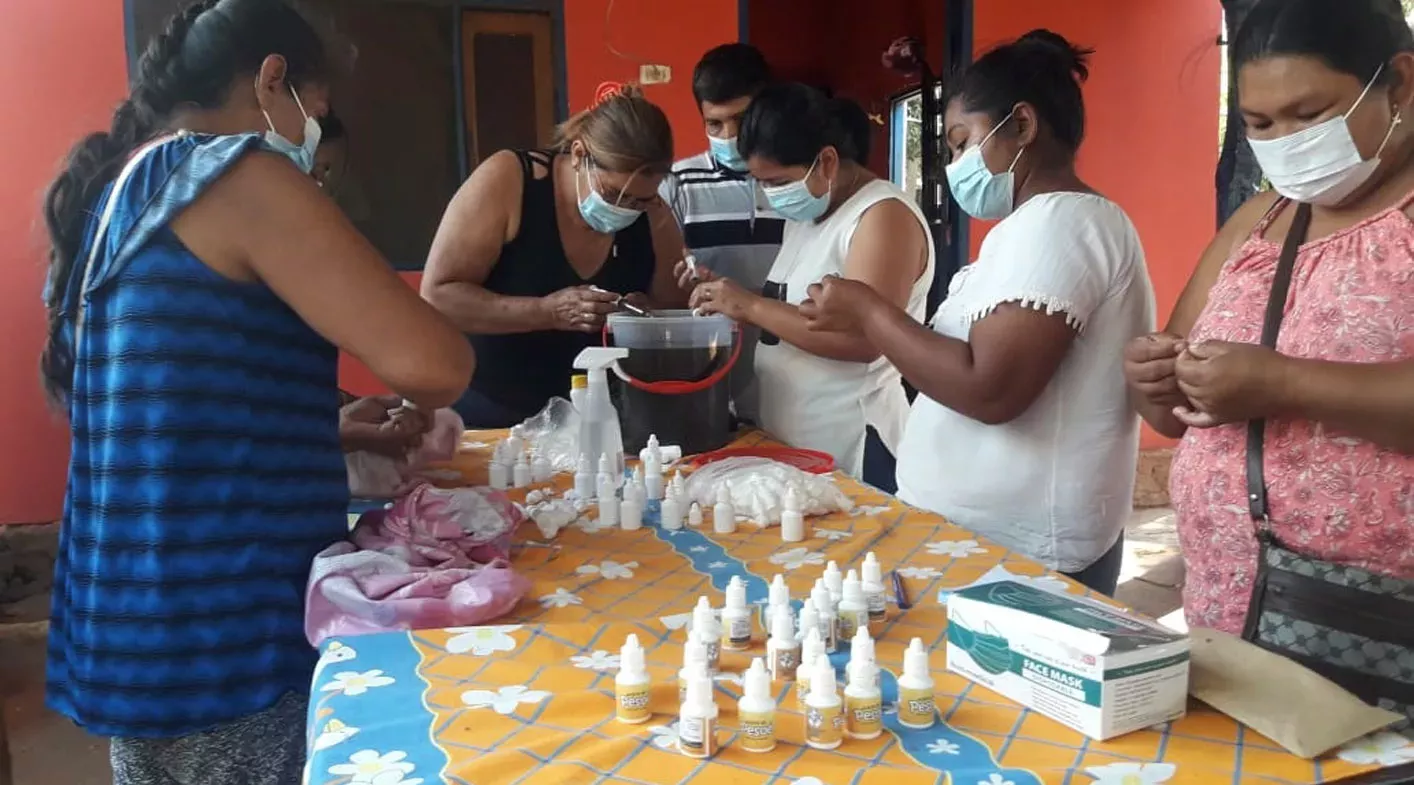
On the ground impact and future work
The project has had a significant positive impact in Bolivia with large areas of the Chiquitania now protected from disappearing.
Moving ahead, we have been asked by the Departmental Autonomous Government of Santa Cruz to expand our efforts to across the whole state which represents an area the size of Japan.










